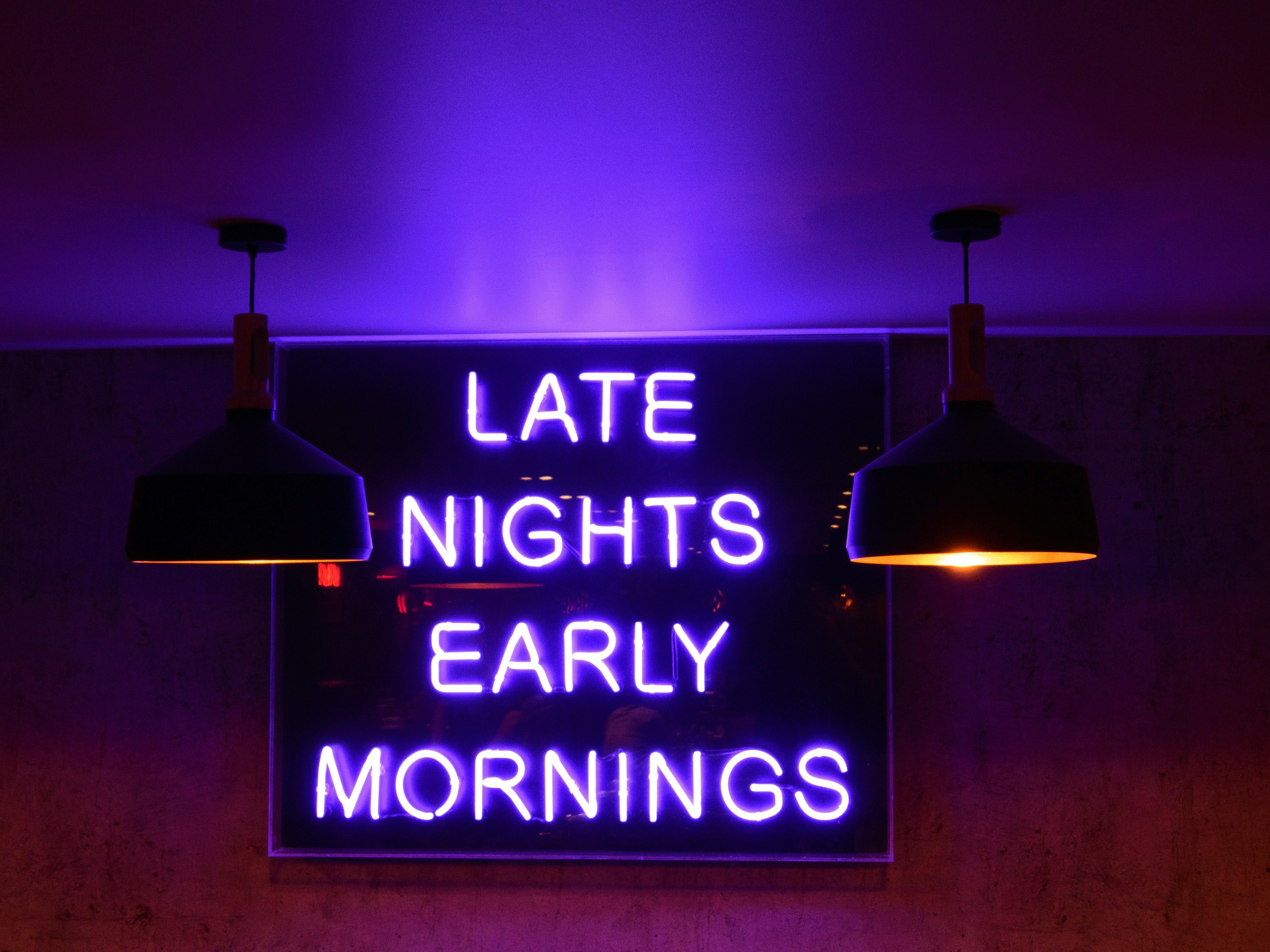When I was building my last company, I thought long hours proved we cared. Slack buzzing at midnight, Saturday “work sprints,” the occasional hero email at 2 a.m. It felt like momentum.
In reality it was waste.
A pattern we keep repeating
Two hundred years ago factories ran people 14 to 16 hours a day. Robert Owen had to fight for a radical idea: 8 hours labour, 8 hours recreation, 8 hours rest. A century later the International Labour Organization forced through the 8-hour day and 48-hour week.
Henry Ford went further in 1926. He cut his workforce to five days and 40 hours. Productivity rose. Sales rose too, because people finally had weekends to spend their wages.
By 1940 the United States locked in the 40-hour week with overtime pay.
Every gain came the same way. Not by pushing harder, but by designing work better.
Why founders fall into 996
China’s tech sector turned 996 into a cultural slogan. Nine to nine, six days a week. Seventy-two hours of proof you were serious. By 2021 the country’s Supreme Court had to declare it illegal. Even the government could see it was breaking people.
The numbers don’t lie. Work more than 55 hours a week and your risk of stroke jumps 35 percent. Your risk of heart disease jumps 17 percent. Globally that adds up to three quarters of a million deaths each year. Productivity collapses too. Stanford’s John Pencavel showed output flattens after 50 hours. All you add is error and burnout.
So why do we keep flirting with it? Because hours are easy to measure. Leverage is harder.
The new 996
Today it doesn’t always look like factory shifts. It looks like “hybrid” teams who spend a quarter of their days at home but still drown in meetings. It looks like half-full offices with people still working late at night. It looks like knowledge workers who spend 57 percent of their time in email, Slack, and Zoom and get interrupted every two minutes.
It feels busy. It feels like hustle. It’s the same old 996 in new clothes.
How founders should really think about hours
I use a simple formula:
Output = (Judgment × Focus × Fit × Tools) × Hours
Hours are fuel. Leverage is the engine. If you keep pouring fuel into a broken engine, you don’t move faster. You just set fire to what you built.
The real test isn’t how long your team works. It’s how well you’ve designed the system they work in.
The founder’s playbook
1. Write decisions down. If a project is bigger than ten hours or ten thousand dollars, it gets a one-pager with context, options, owner, metric, and kill criteria. No page, no work.
2. Protect deep work. Six uninterrupted blocks a week for every builder. Treat those blocks like payroll.
3. Cut the calendar. Kill thirty percent of recurring meetings in thirty days. If it doesn’t end in a decision with an owner and a date, it doesn’t survive.
4. Engineer fit. Hire and seat people based on how they actually work. Misfit is the silent tax that tempts you into 996.
5. Automate glue work. Routing, status updates, and summaries aren’t where your best people should spend their hours.
6. Cap the bad weeks. More than 55 hours is a signal that something is broken in the machine. Fix it. Don’t normalize it.
The choice
History is clear. When leaders design better, hours shrink and results compound. When they don’t, 996 creeps back in and gets sold as culture.
Founders don’t need to prove ambition with exhaustion. Build the machine. That’s the real signal.

